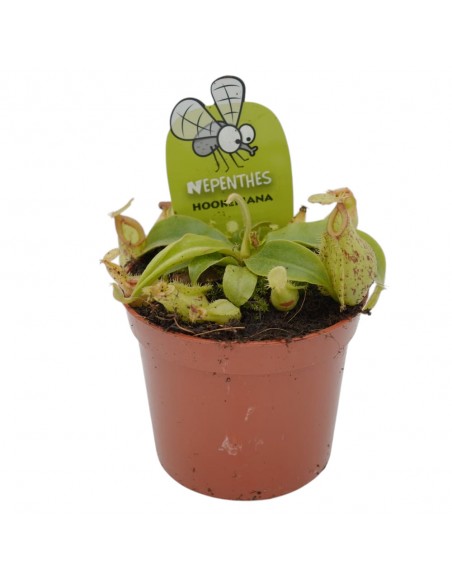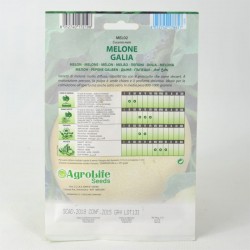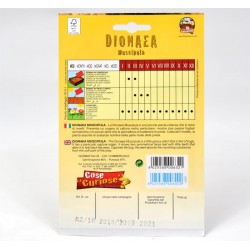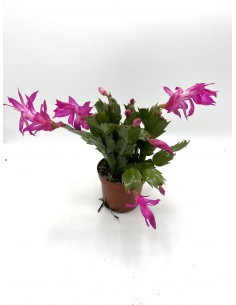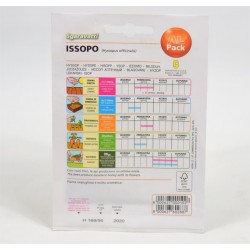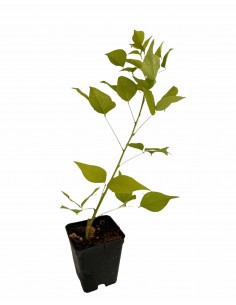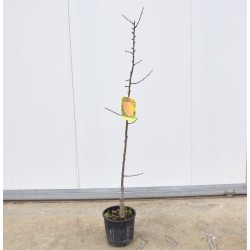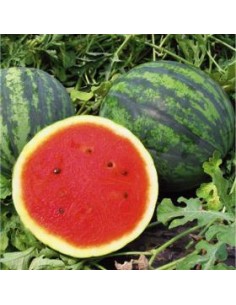'Nepenthes' Carnivorous Plant
Generality of the Nepenthes Plant:
Nepenthes are carnivorous plants that capture their prey by means of ASCIDI OR SIMILAR mechanisms deriving from the modification of some leaves. The flap of the modified leaves loses, in whole or in part, its shape to become a trap that takes the function of capturing small animal prey.
On-line Sale of the Nepenthes plant, available in the following sizes:
- Vase 8.5cm, Height: vase height
On-line Sale Of the Nepenthes plant, available in the following sizes:
- Vase 8.5cm, Height: vase height
Generality of the Nepenthes Plant:
Nepenthes is an insectivorous plant with a high aesthetic value. Unlike the Dionea and other insectivorous plants, this has a very passive role in the capture of insects. It limits itself to emanating an odor that attracts insects that, unaware, end up slipping into its modified leaves, the ascidia. The Nepenthes leaves have the shape of wineskins, small or large depending on the species. Botanically, the leaves of the Nepenthes are called Ascidi. Ascids are essential for this plant, so pay attention! In case of dry ascidia you should immediately take shelter and recheck your habits in terms of care, soil, irrigation and nourishment. The bottom of the ascidia is characterized by an adhesive and mucilaginous substance. The insects, therefore, fall to the bottom and can no longer fly away. Once captured, the insects are literally digested by enzymes similar to human trypsin (an enzyme found in our stomach that aids in protein digestion).
Cultivation and Care of the Nepenthes Plant:
Nepenthes love sunny places sheltered from the wind. It should be watered regularly only with rain water or with distilled water, the tap water causes its death in a short time. In winter keep the soil moist, loose and well drained at acidic pH composed of a mixture of sphagnum peat, perlite and sand. It is a plant that absolutely mustn't be fertilized. The plant must be repotted only when the roots come out of the drainage holes of the water or when the peat that forms the substratum is in the process of rotting.

